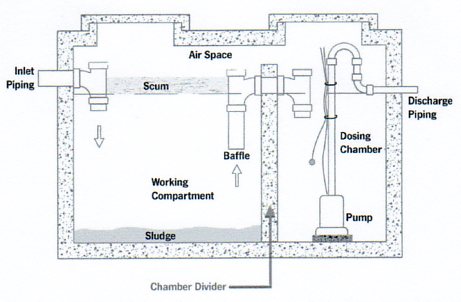Home Owners
This section lists useful resources and tools that may be helpful to homeowners looking for wastewater services.
Please click the below links for more information.
FAQ
- How Does A System Fail?
- My System Has To Be Pumped Every Year, Why?
- How do I know if my Practitioner is Qualified?
- Who Pumps Out Septic Tanks?
- How Often Should I Pump My Septic Tank?
- What Is Graywater?
- How Does an Effluent Filter Protect my Septic System?
- How Long Should A Septic System Last?
- Is Private Sewage Risky
- What Are The Signs That My Septic System May Be Failing?
- Still Have Questions?
